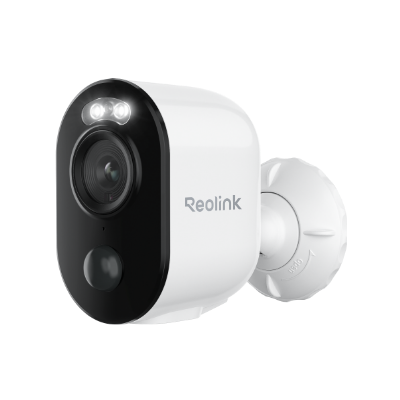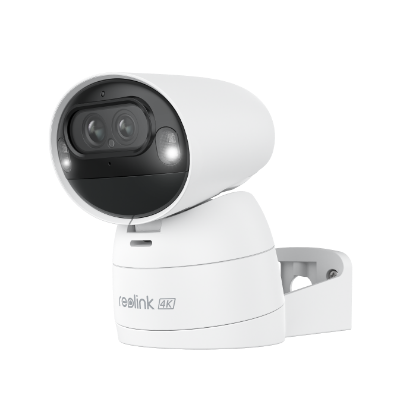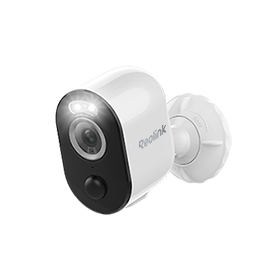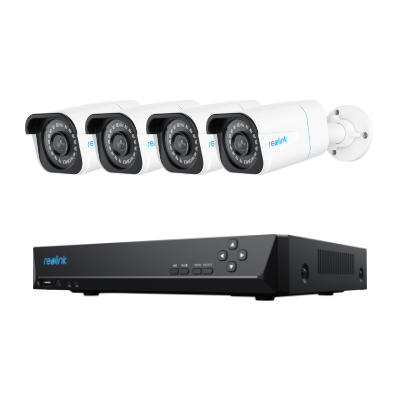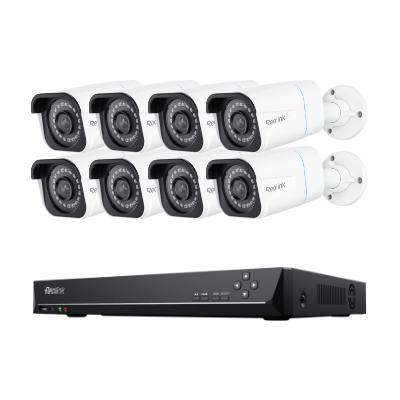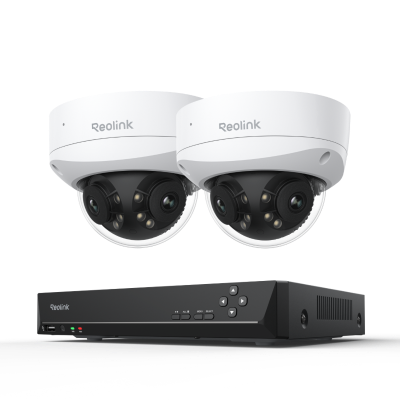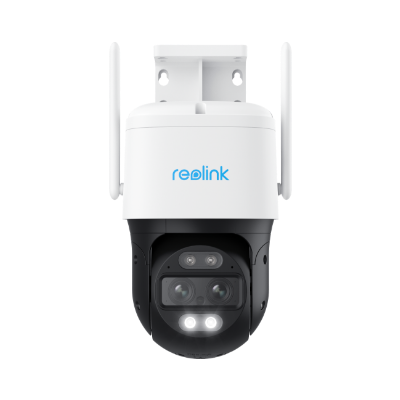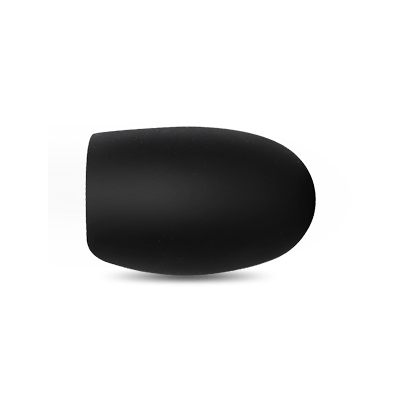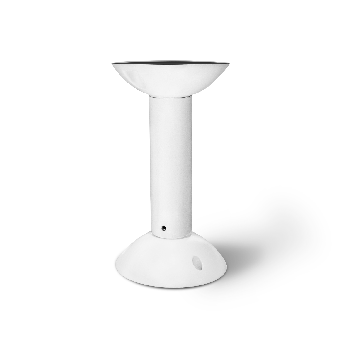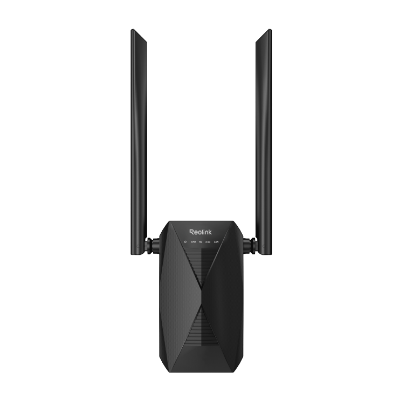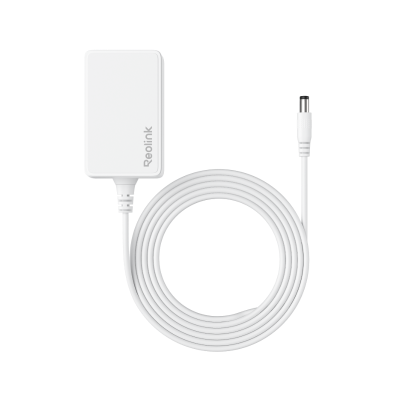Barrel Distortion: Causes, Effects, and Solutions

Barrel distortion refers to a lens defect or aberration that causes straight lines to appear curved outwards, making the image look like it is wrapped around a barrel. This type of distortion is most noticeable along the edges of images, especially those captured using wide-angle lenses.
Understanding what causes barrel distortion, as well as its impacts on different photography genres, can help photographers address and correct it. In this article, we will provide an in-depth look at barrel distortion, including its causes, effects on images, solutions for correcting it.
Part 1. What is Barrel Distortion?
Barrel distortion, also known as lens barrel distortion or simply barrel lens distortion, occurs when straight lines appear abnormally curved outwards from the center of the image. This makes photos seem inflated or bloated, almost as if they were wrapped around the outside of a barrel.
The barrel distortion lens is most visible along the edges of the frame, with the amount of curve increasing further from the central area of focus. Photos containing leading lines, horizons, or architectural elements tend to showcase the effects of barrel distortion the most evidently. It typically results from the optical characteristics and imperfections associated with wide-angle lenses.
Part 2. Causes of Barrel Distortion
There are two primary causes of the barrel lens distortion effect in images: the inherent optical design of wide-angle lenses and various imperfections or aberrations they may possess.
Wide-angle lenses are designed to capture a much wider field of view compared to standard lenses. However, the physics involved with refracting such a wide angle of incoming light leads to visual distortions, including the signature outward curving associated with barrel distortion.
Basically, different zones of the lens bend and focus the light in slightly different ways, leading to a warped appearance. This distortion is particularly noticeable with fisheye lenses that have an extremely wide field of view by design.
In addition to the optical characteristics that naturally lead to barrel distortion, various imperfections and flaws in a lens’ glass or construction can worsen the effect. Elements within a lens that is improperly shaped or aligned, as well as low-quality or imprecise glass, may introduce additional distortions, causing increased curving and stretching along the edges.
This means well-designed and high-quality wide-angle lenses will still have some barrel distortion due to their wide field of view, but the effect will be less pronounced compared to poorer-quality lenses.
Part 3. Barrel Distortion Photography Effects
Barrel distortion can have noticeable effects on many photographic genres and lead to clearly visible flaws and warped images if not addressed.
Architectural and Landscape Images
In architectural photography, the outward curving stretches elements along the edges of the frame, making straight lines of buildings appear bent. This destroys the linear geometry and intended angles within architectural shots. Tall buildings in wide shots may take on an exaggerated lean or curve at the sides.
Similarly, the edges of landscape images with flat horizons may showcase heavy corner distortion and curving horizons if a wide-angle lens introduces barrel distortion. The natural straight lines where water meets shore or sky meets land become clearly warped. This destroys the clear distinction between these elements that proper landscape photography relies on.
Portrait Human Images
In portraits, facial features, and body parts along the edges of the frame become abnormally widened and stretched. Heads may take on unrealistic proportions, with the cheeks, nose, and other facial features bloated in size compared to the central area of the portrait. This leads to unnatural and unflattering images.
The key to minimizing adverse barrel distortion photography effects across genres lies in correcting for the distortion itself when possible, as well as compositing shots carefully to avoid putting key elements along noticeably curved edges. Understanding the causes, solutions, and ways to avoid barrel distortion goes hand in hand with mitigating its photographic impacts.
Part 4. Barrel Distortion Correction: Effective Tips
There are a variety of methods for barrel distortion correction that photographers and editors can use to correct, reduce, or avoid barrel distortion, depending on their equipment, software, and compositional technique.
Specialized Distortion Correction Software
Post-processing programs like Adobe Lightroom have specialized settings and tools for correcting lens flaws like barrel distortion, allowing you to reverse the curving effect. Manual sliders and settings let you dial in precise correction amounts to straighten curved lines along the edges of your shots.
Automated lens correction profiles also exist within editing programs to automatically compensate for the barrel effect and other flaws typical of specific lens makes and models. This simplifies the barrel distortion solution, instantly applying fixes tailored to known lens characteristics.
Lens Correction Filters
In addition to software, optical lens filters exist to correct barrel distortion and other aberrations directly within the lens itself at the time photos are taken.
Well-designed distortion control filters counteract the physics of wide-angle lenses to keep edges straight in the camera without the need for post-production warping. This allows clear results even when software may struggle with extremely curved edges.
Lens Distortion Shooting Grid
Using a physical lens distortion control target backdrop when photographing critical subjects makes it easier to diagnose the severity of barrel distortion and manually correct it in post.
Photographing gridded targets helps reveal exactly how much UNEVEN curving exists from center to edges so the software can be precisely dialed in. This takes the guesswork out of judging corner stretching.
Cropping
Another basic way to combat heavy visible barrel distortion is to crop images post-capture so warped edges are removed completely. Tightening up shots to avoid the most severely curved corners and edges cuts them out, retaining only the central straight portion.
This comes at the expense of losing peripheral areas and field of view but maintains undistorted geometry for key subjects placed centrally. Heavily cropped architecture and landscapes may lose surrounding context and become too tight.
Part 5. Pincushion vs. Barrel Distortion: What's the Difference?
Pincushion and barrel distortion represent opposite effects on images, but both stem from optical lens flaws, yielding curved results contrary to reality. Barrel distortion curves image edges outwards, bloating lines increasingly toward corners in a barrel-like effect, while pincushion distortion has the opposite influence, curving edges inwards as if being pinched, which makes images take on a pin cushion appearance.
Pincushion distortion mostly occurs in telephoto lenses, while barrel distortion is common with wide-angle optics. Photos displaying pincushion distortion maintain natural geometry in the middle, with edges and corners pulling in excessively tight. Barrel distortion appears normal in centers but exhibits unnatural outward stretching toward edges.
The exact causes also differ, with pincushion stemming from differences in magnifying power between central and peripheral zones of telephoto lens elements. Barrel distortion instead arises from physics governing the wide edges of wide-angle lenses.
Despite being opposite effects, correction methods are similar - involving shooting technique adjustments and post-production transformations to rectify the curving introduced at capture. The key is recognizing which type of distortion is present based on lens type and edge characteristics in order to apply the appropriate countermeasures.
Part 6. Barrel Distortion's Impact on Image Stitching
One specialized form of photography where addressing barrel distortion is critical is shooting stitched panoramas, as this distortion can greatly complicate accurately blending images seamlessly. Specifically, algorithms that digitally stitch multiple photos to form ultra-wide landscapes must account for lens-warping effects like barrel distortion to line up adjoining images cleanly without visible seams between frames.
If barrel distortion causes bloated, misaligned edges on component images, simply overlaying them introduces prominent gaps or overlaps along their borders. Advanced stitching algorithms like those developed by security camera innovator Reolink analyze images to measure barrel distortion across individual frames, then programmatically counteract that curving when compositing final ultra-wide panoramas.
Reolink's Duo 3 PoE and Duo 3 WiFi offer advanced dual-lens optics that work in conjunction with distortion correction algorithms to provide stunning low-distortion 180° panoramic views free from bloated barrel distortion effects using precision image stitching techniques.
With their 16MP maximum camera resolution, these two cameras capture highly detailed 180-degree panoramic footage within a single ultra-wide image. They support continuous recording as well as motion and schedule-triggered modes. Two-way audio and built-in deterrent sirens also expand its versatile surveillance utility.
Groundbreaking 16MP Dual-Lens WiFi Camera
16MP UHD, Dual-Lens, Motion Track, 180° Wide Viewing Angle, Plug-In WiFi, Color Night Vision.
FAQs
How can I remove barrel distortion?
Barrel distortion can be removed using specialized correction filters within photo editing software like Lightroom and Photoshop. Automated lens correction capable of reversing barrel curving is also built into programs using lens profiles.
Do human eyes have barrel distortion?
No, the human eye does not exhibit barrel distortion effects or optical flaws seen in some wide-angle camera lenses. Our eyes capture light through biological components that effectively self-correct for curvature and other aberrations that would otherwise distort incoming images and our vision.
What are the different types of lens distortion?
The main forms of optical lens distortion beyond normal barrel distortion are pincushion distortion causing inward curving edges, mustache distortion forming waviness along straight lines, comatic aberration showing comet-like flares from light sources, chromatic aberration yielding color fringing and lack of focus, as well as perspective distortion causing unnatural looking angles and sizes.
Conclusion
Barrel distortion stemming from wide-angle camera lenses can have significantly detrimental impacts on image quality - causing unnatural outward curving stretches along edges that destroy intended geometry in photos.
By understanding what factors cause barrel distortion and how it specifically impacts architecture, landscapes, and other genres, photographers can effectively control and counteract barrel effects for cleaner images. Do you understand the barreil disortion right now? Share your thoughts with us in the comment section below! Let's discuss together!
Search
Subscribe for the Latest Updates
Security insights & offers right into your inbox







































